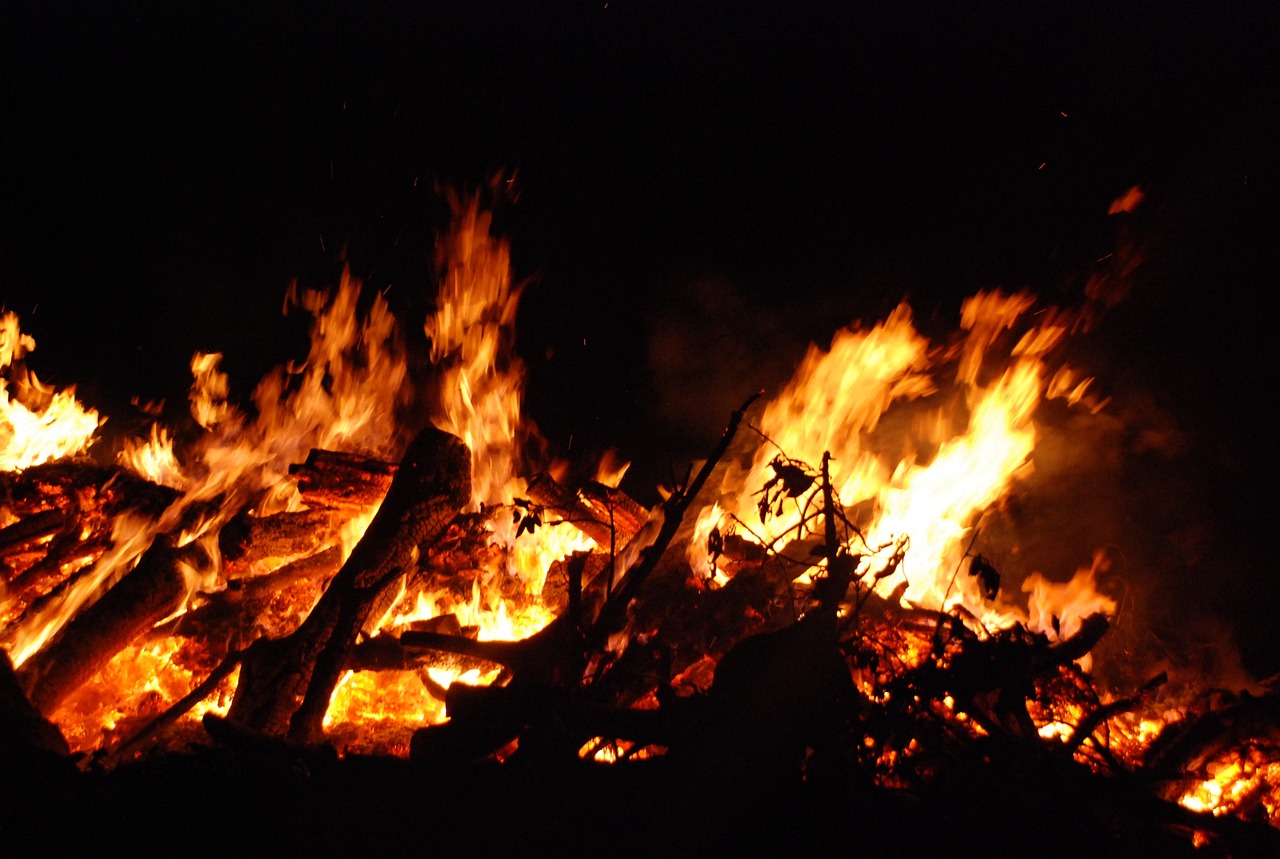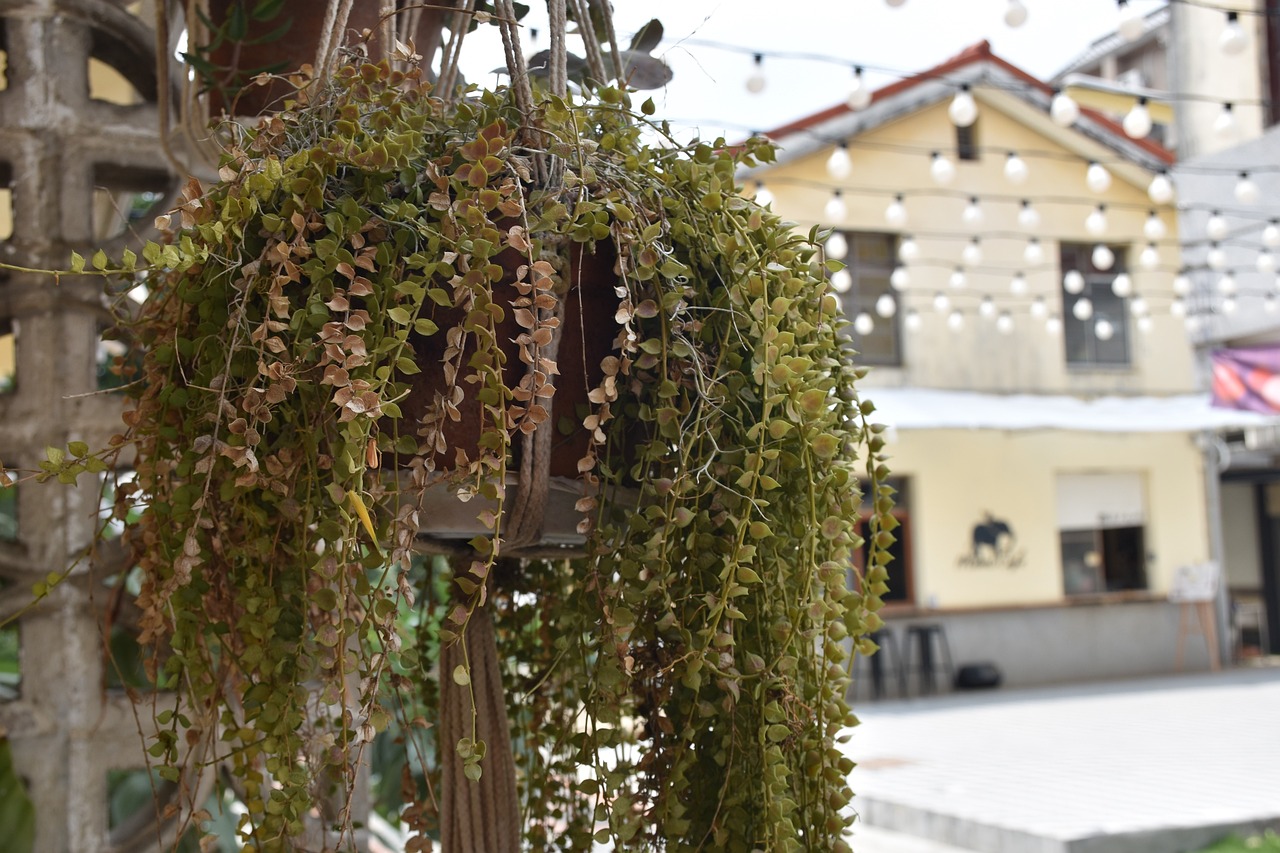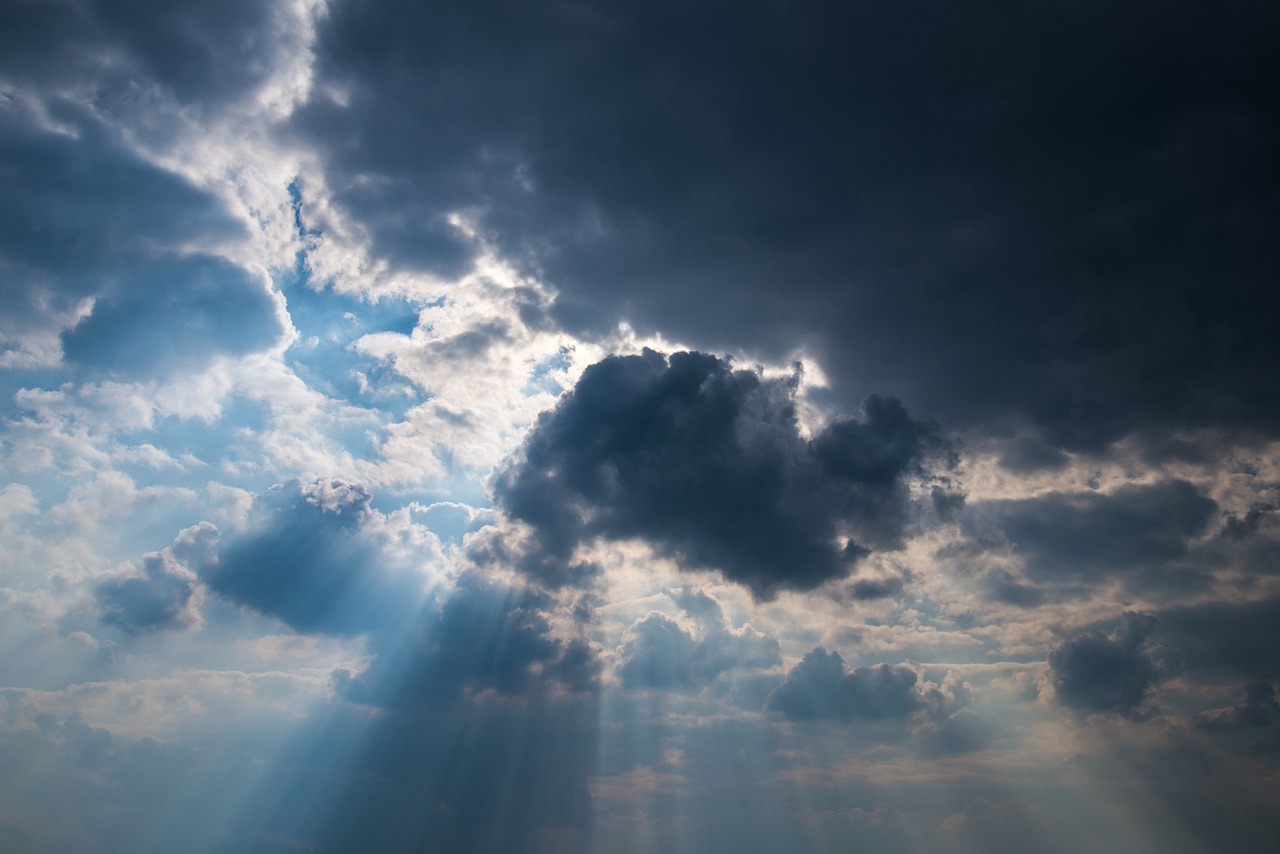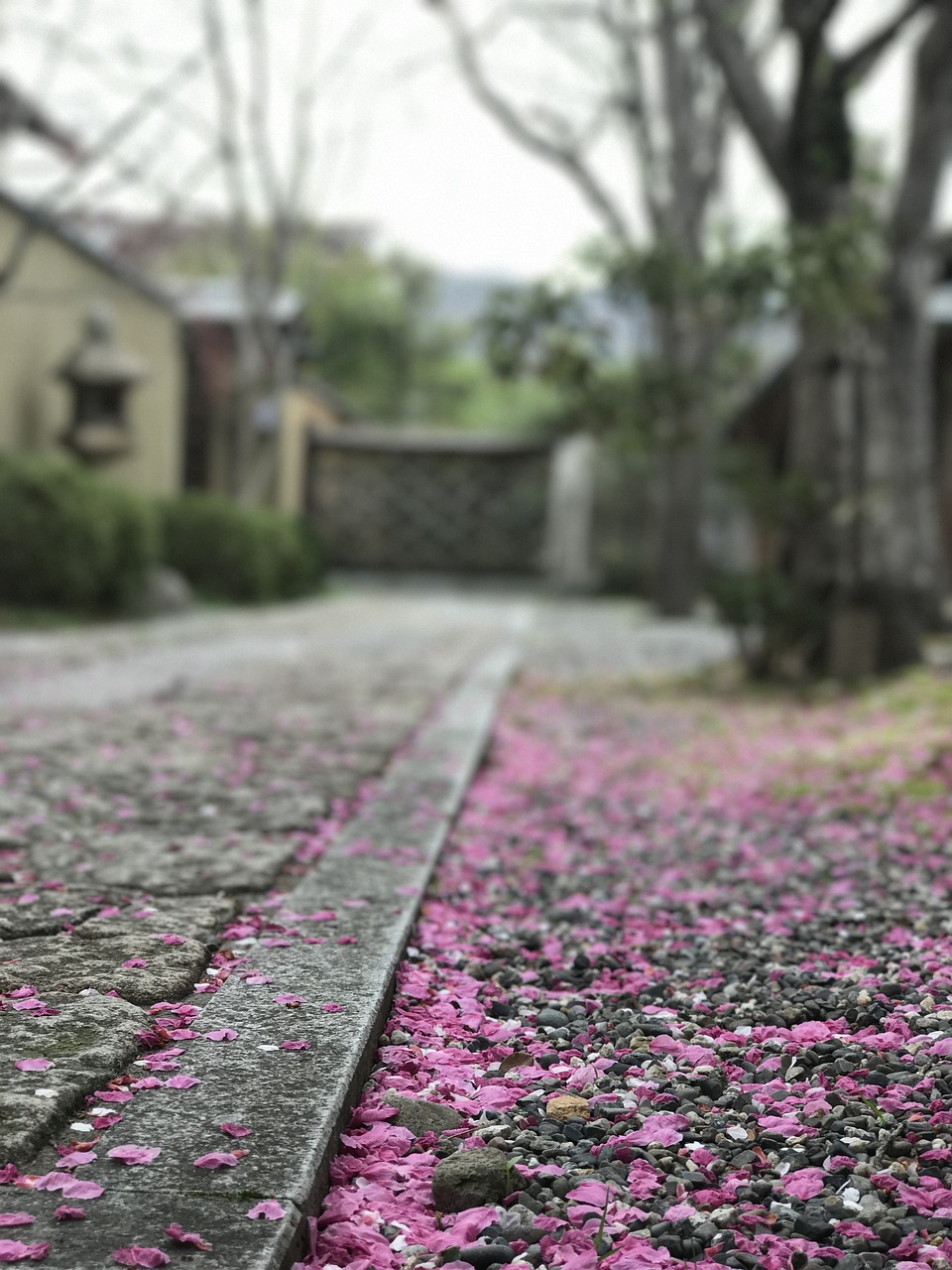Author: Erlang Shen
-

Yan Wang: The Sovereign of the Underworld in Chinese Mythology Introduction Yan Wang, also known as Yama, is a significant figure in the realm of Chinese mythology. Regarded as the King of Hell, he governs the underworld with formidable authority. His primary responsibility involves evaluating the souls of the deceased, determining their eventual fate in…
-

Yan Wang: The King of Hell in Chinese Mythology Overview In the realm of Chinese mythology, Yan Wang (閻王) stands as the supreme ruler of the underworld. Known for overseeing ten layers of Diyu (地獄), or the Chinese-Buddhist Hell, he is revered and feared as the ultimate judge of the deceased. Yan Wang’s origins can…
-

The Kitchen God and Other Deities of the Earthly Sphere In the realm of Chinese folk belief, the universe is divided into three distinct areas—Heaven, Earth, and the Underworld—each filled with significant deities and spirits. Among these, the Earthly Domain is particularly notable for its diversity, housing not only everyday people but also numerous immortal…
-

Overview of Zao Jun in Chinese Mythology Zao Jun, or the Stove Master, holds a significant position within Chinese mythology, acting as the guardian of domestic spaces and familial relationships. Traditionally believed to dwell within the kitchen’s stove area, Zao Jun’s annual journey to heaven on the twenty-third day of the twelfth lunar month involves…
-

The Kitchen God and Other Deities of the Earthly Realm In the framework of Chinese folk religion, the cosmos comprises three domains: Heaven, Earth, and the Underworld. Each domain is inhabited by a multitude of significant gods and goddesses, with the Earthly Realm being particularly populous. This domain is home to everyday individuals alongside a…
-

Welcome back to another episode of the Mythical Arcana Mythology podcast! Today, we’re diving deeper into the realm of Chinese Mythology, specifically focusing on the tale of Erlang Shen, also known as Yang Jian. He is celebrated as the legendary warrior god endowed with three eyes, renowned as the paramount warrior in the heavenly realm,…
-

Fuxi (伏羲) and Nuwa (女娲) stand as pivotal figures within the rich tapestry of Chinese mythology, credited with the creation of humanity. Beyond their roles as creators, Fuxi is known for presenting various beneficial innovations to society, while Nuwa is celebrated for rescuing humanity from catastrophic dangers. This positions Fuxi and Nuwa as cultural heroes,…


